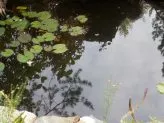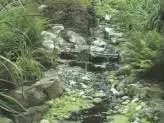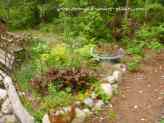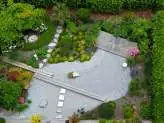Siltation Control and Water Conservation
As an Amazon Associate I earn from qualifying purchases.
Other links on this site may lead to other companies that I’m associated with.
Rain gardens are another way to capture water in your xeric garden. With the climate changing so rapidly rain rarely falls in carefully measured amounts at the right time for your garden. Usually, it’s either drought or torrents.
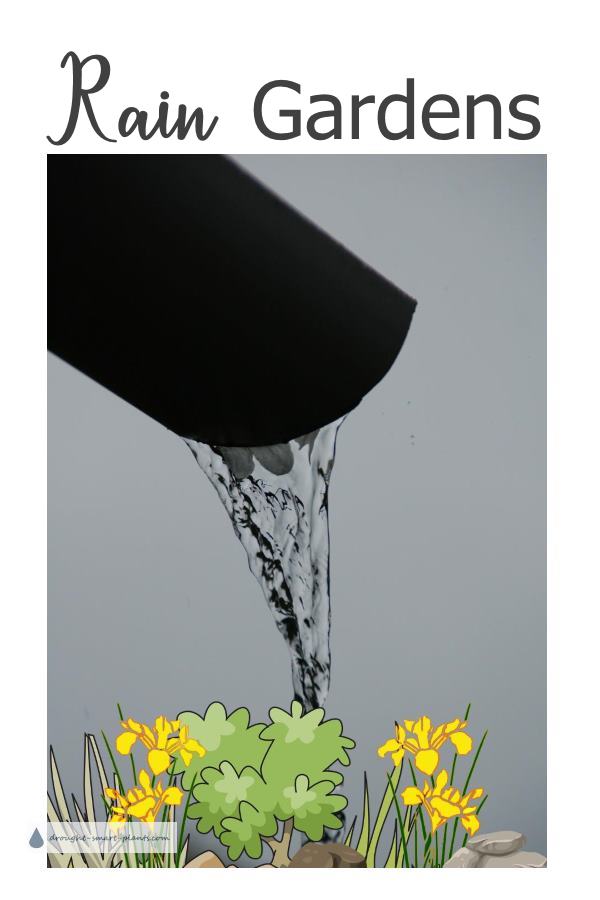
Building rain gardens can give the soil in your garden a longer time to soak up the storm water preventing pollution and erosion.
They divert rain water, eliminating the risk of flooding, and slow it down so it’s got time to soak into the ground.
It can also serve as a water reserve for times of drought.
The trick is to encourage the plants to grow deep roots for the times when water isn’t available, and choose the types of plants that won’t mind seasonal inundation.
Many streamside plants have this ability, because in their native habitat, the water level in the pond or river could change from the spring freshet to dryer spells in the summer.
Six reasons to build a Rain Garden
- Storm water control…when the monsoons come, have a place to contain and slow the water down so as to avoid flooding.
- Erosion control…keep your precious soil from washing away. Why put all the effort into building up your soil with compost, amendments and so on, just to watch it flow downstream.
- Soil conservation – building your soil is pointless if it all just washes away, so make sure it stays in your garden.
- Water capture…keep some of that precious water in your garden where it will do the most good.
- Prevent siltation in creeks and rivers and avoid damage to salmon spawning areas.
- Stop groundwater contamination by pesticides and fertilizers.
Your Rain Garden design…
…can be simple or complex. The least complicated is to build a swale, dry streambed or shallow ditch lined with plants that don’t mind alternate inundation and drought. To be really accurately described as a rain garden, the swale should drain to a low depression also planted with perennial plants with similar characteristics.
You can drain the water to ponds, or construct a deeply dug area with very well draining soil underlain with rocks or other drainage.
Another feature you can use to give the water some place to settle out is a bog garden.
The main criteria is to slow the water down, giving it a chance to soak into the subsurface. This prevents silt and pollution from getting to the streams and rivers.
Planning is crucial when designing any xeric garden project so please research your project before starting construction.
Keep in mind that building a rain garden can be a long term prospect. Fine tuning the plan to fit your specific needs and conditions can take time; spending enough time in the planning stage and observing water drainage patterns will give you the best possible success.
Best Plants for Rain Gardens
Searching out plants that are native to your area will give great results, as they’ll be adapted to the local climate and growing conditions.
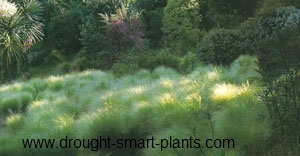
Many of the familiar cottage garden and xeric plants due to their adaptability will work well too, shrugging off seasonal inundation and drought with equal ease.
Other non-native plants with similar needs and which tolerate wet feet at times are also good choices to plant in the rain garden.
Many sedges, or Carex species, are adapted to seasonal changes in water levels, as well as other grasses. Some can be hard to find locally, so seek out mail order sources of ornamental grasses, perennials and native plants.


